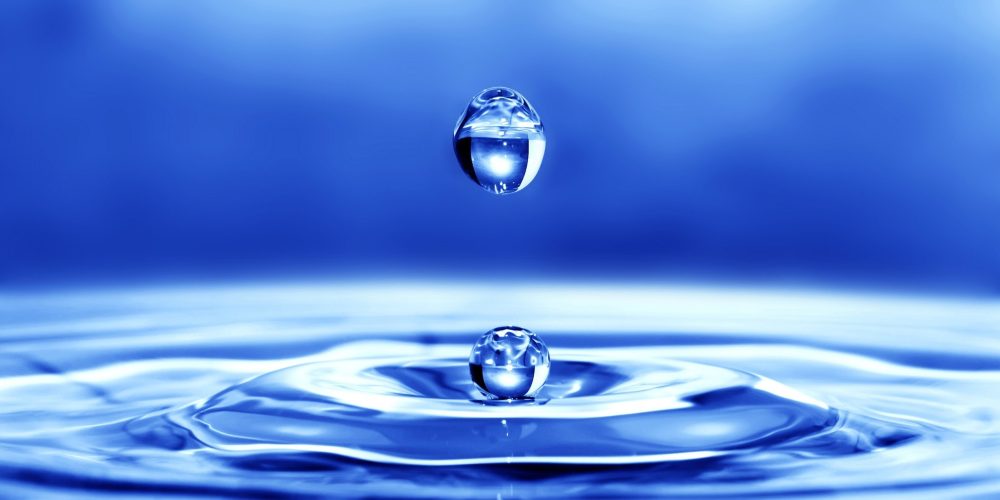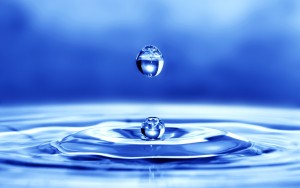Understanding the mechanisms utilized by Living Soil in sequestering carbon and holding/cleaning water.
By Paula Henson
Soil is that tireless friend that you can never thank nearly enough when it bails you out of a jam. Store that excess CO2 for millennia? Can do! Clean up that polluted water? Not a problem!
How does soil do it? Well, by being one big filter and one big sponge at the same time.
A healthy soil can soak up and remove physical and chemical pollutants in our water and also manage that gigantic elephant in the room: carbon. Soil’s been doing our dirty work (pun intended) for a long, long time and it’s time we understand the machinations we don’t pay much attention to.
The soil is a physical filter that removes particles suspended in water; it is a chemical reactor that removes dissolved chemicals from water; and it is a bioreactor that transforms and degrades chemicals by the action of soil microbes CARBON Soil contains twice the amount of carbon in all plants and Earth’s atmosphere combined* and holds about 75% of the carbon on land** in the form decomposing organic matter, microbes and minerals. Where is all this carbon coming from? And what the heck is the soil going to do with all of it? Carbon in soil originates from plants mostly since they are the primary producers. Microbes, macro-invertebrates, and insects are also major sources of carbon in soil. Microbes produce enzymes that can bind soil particles together where it accumulates and decomposes, and then can be released in the form of carbon dioxide gas. “Plants allocate carbon either to their microbial communities to acquire water and nutrients for them, or to roots, and in either case, these are our pathways of carbon movement into the soil that have a lot of potential for sequestration of that carbon.” [2] New studies depict “an intricate soil-carbon system that contrasts starkly with existing models that portray soil as a simple carbon repository,” said Benjamin Sulman, a postdoctoral researcher at the Princeton Environmental Institute. WATER What about water purification and retention? Well, nobody does it better than soil. Certain types of soil organic matter can hold up to 20 times their weight in water (Reicosky, 2005). Water is held in soil in various ways and not all of it is available to plants. Some water can be held by electrostatic force, some in soil pores where plants can use it and some are held in pores so small that gravity can’t drain it out and roots can still adsorb it [3]. Organic matter, along with soil minerals, increases a soil’s ability to retain moisture and helps build soil structure. Soil’s texture and structure act as a physical strainer. Pathogens can’t compete with antibiotics produced by soil, bacteria, and fungi. And viruses and other potential pollutants are adsorbed by soil’s clay. Moreover, organic matter intimately mixed with mineral soil materials has a considerable influence in increasing moisture-holding capacity. Especially in the topsoil, where the organic matter content is greater, more water can be stored [4]. Without the sponge and filter that is right beneath our feet, we likely wouldn’t be here. Soil is the unsung hero of our environment and it’s time we stop treating it like dirt! References [1] Nick Comerford, University of Florida [2] Luke Nave, Soil Scientist, University of Michigan [3] http://bettersoils.soilwater.com.au/module2/2_1.htm) [4] http://www.fao.org/docrep/009/a0100e/a0100e08.htm **Ecological Soc. Of America (http://www.esa.org/esa/wp-content/uploads/2012/12/carbonsequestrationinsoils.pdf) About the Author: Paula Henson is an Award-winning landscape designer who started Terra Bella Landscape Design in 1998. A Los Angeles native, she enjoys the unique opportunity to create something that is constantly evolving. The 2007 Los Angeles Garden Show featured one of her designs and she received the “Best Use of Recycled Materials” award for excellence in the 2007 Showcase at Greystone Mansion in Beverly Hills. She has been featured on HGTV’s Landscaper’s Challenge, has appeared in several award-winning educational DVD programs and served as Vice President of the Board of Governors for the Los Angeles County Commission on Arboreta and Botanic Gardens. She has been a certified Landscape Professional for the city of Santa Monica Sustainable Landscape Program and is currently on the Board of the Greater Los Angeles district of the APLD. Most recently she has been concentrating on water conservation education and rainwater harvesting system.



